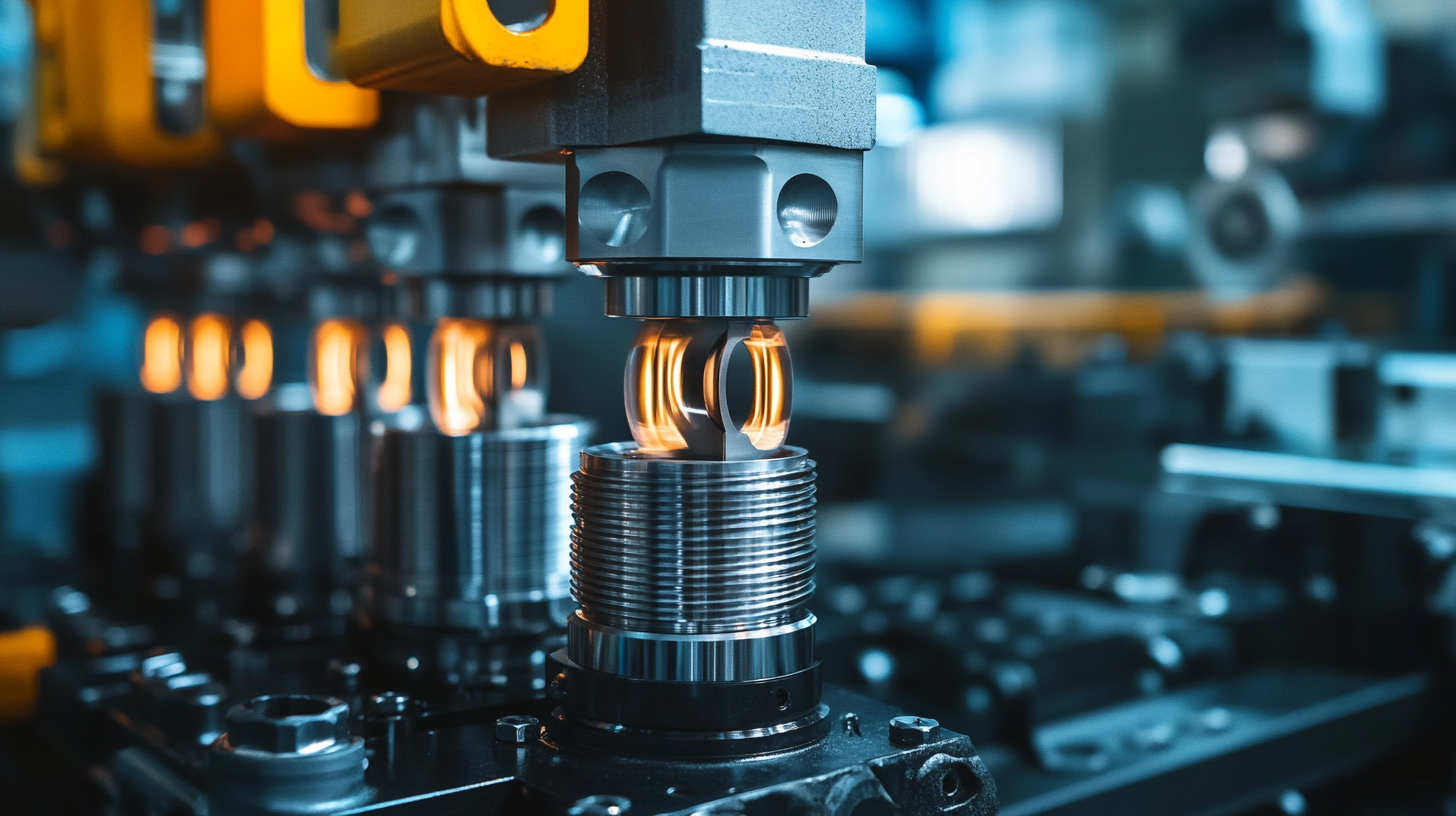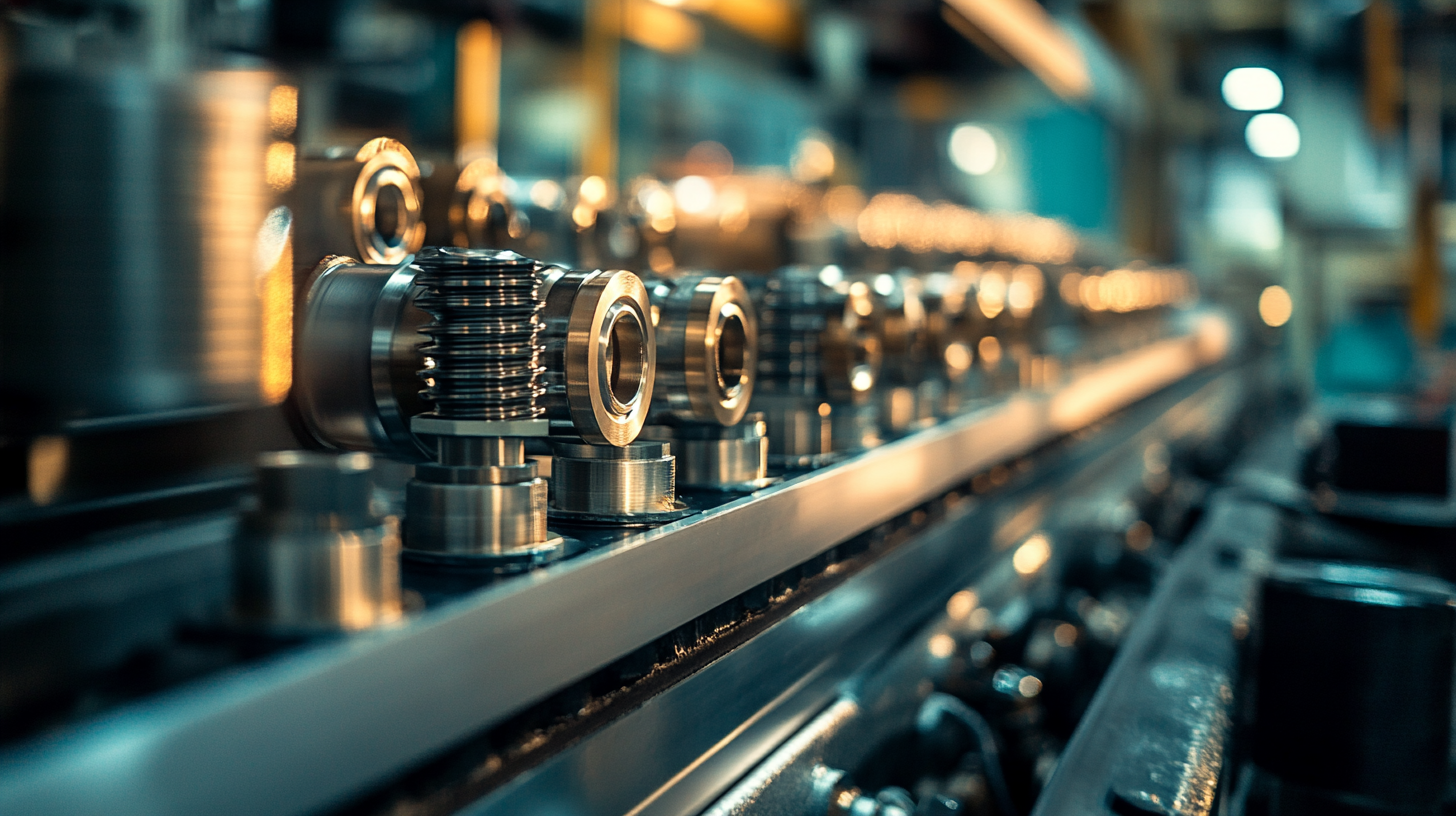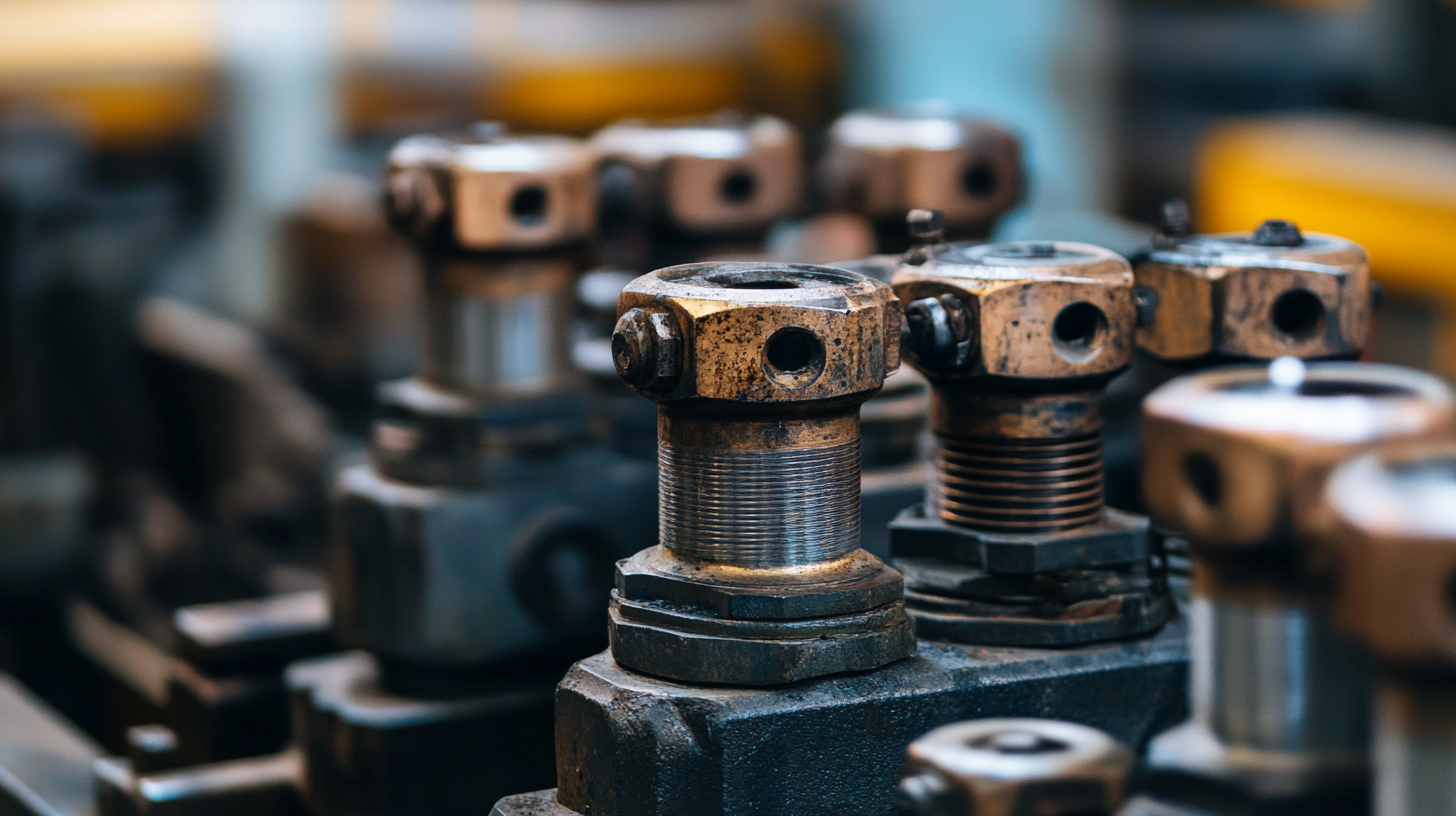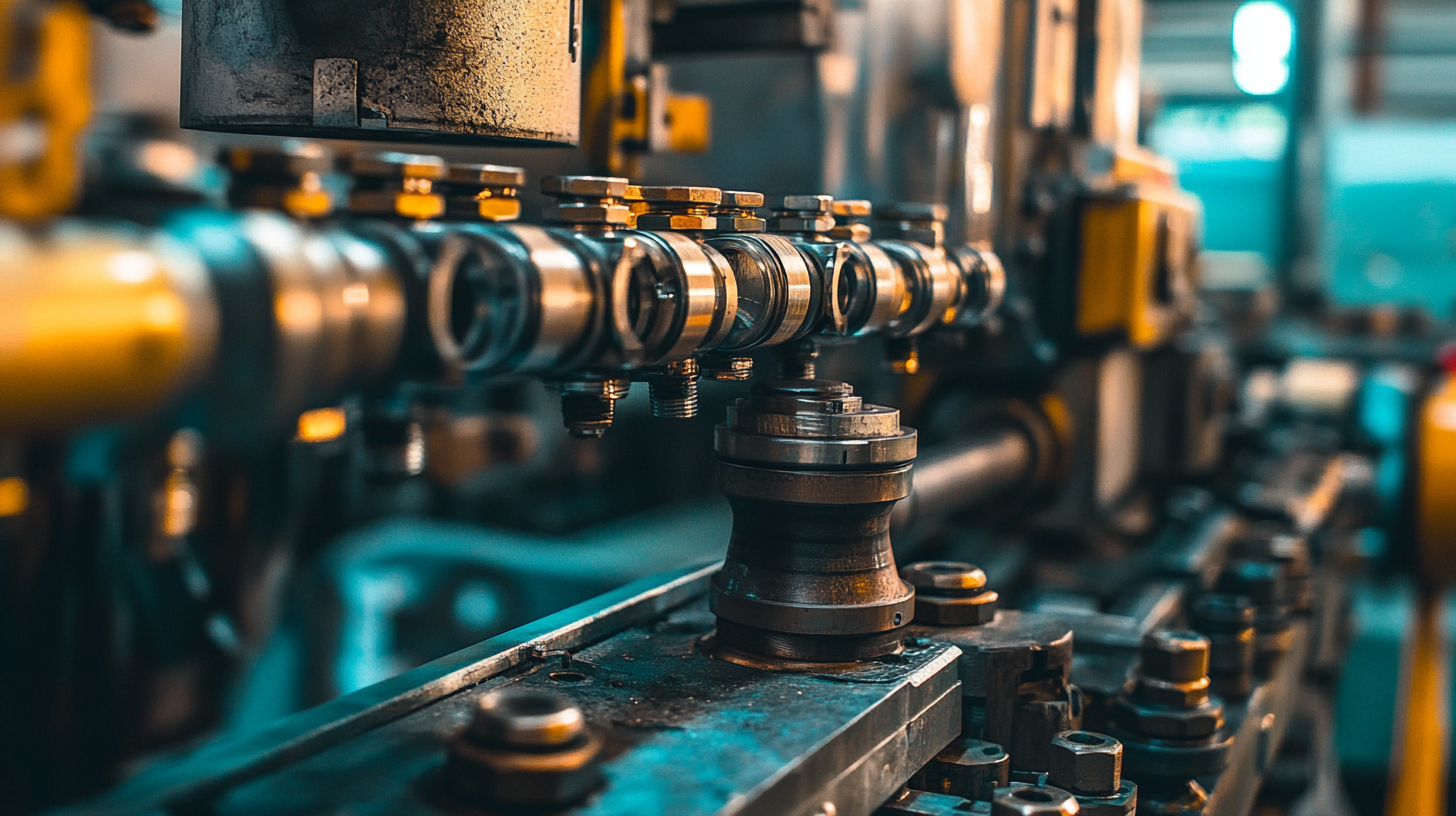International Fluid Power Inc.
International Fluid Power - Innovative Partners For Global Sourcing Of Fluid Power Products. Your Complete Hydraulic Source in SE Minnesota.
INTERNATIONAL FLUID POWER, INC.
Hydraulic Piston Repair: Navigating Common Industry Standards and Manufacturing Challenges
In the world of industrial machinery, the efficiency and reliability of hydraulic systems are paramount to maintaining optimal performance. Among the critical components that ensure these systems function seamlessly is the hydraulic piston. However, despite their robust design, these pistons are susceptible to wear and tear, leading to the necessity for hydraulic piston repair. Understanding the common industry standards and the associated manufacturing challenges is essential for companies aiming to maintain the integrity of their hydraulic systems while minimizing downtime.
Hydraulic piston repair is not merely a technical procedure; it encompasses a comprehensive approach that involves adherence to strict industry regulations and meticulous attention to manufacturing quality. As businesses seek to optimize their operational processes, recognizing the intricacies involved in hydraulic piston repair becomes increasingly vital. This blog will delve into the prevalent standards that govern hydraulic piston maintenance and the various challenges faced within the manufacturing sector, providing valuable insights for professionals navigating this essential aspect of hydraulic system management.

Understanding Hydraulic Piston Functionality and Design Specifications
Hydraulic pistons play a crucial role in the functionality of various machinery, enabling efficient power transmission and precise control in hydraulic systems. Understanding the design specifications of these components is essential for manufacturers and technicians alike. Typically, hydraulic pistons are cylindrical in shape and are housed within a barrel or cylinder, which serves to contain the hydraulic fluid and facilitate movement. The design must account for factors such as material selection, surface finish, and tolerances to ensure optimal performance and durability under pressure. When evaluating hydraulic piston functionality, one must consider the operating environment. Conditions such as temperature fluctuations, exposure to contaminants, and high-pressure situations can significantly affect the piston's performance. Engineers often implement various design features, such as seals and coatings, to enhance resilience and efficiency. Additionally, the piston must be designed to minimize friction and wear while maximizing the transmission of force. Understanding these key aspects of hydraulic piston design not only aids in effective manufacturing but also in troubleshooting and repair processes, enabling a smoother operation of hydraulic systems. The compatibility of hydraulic pistons with other system components is essential for overall function. This includes factors like the size and stroke of the piston, which need to match the system's operational specifications. Misalignment can lead to inefficiencies or potential failures, emphasizing the importance of rigorous design validation. Thus, paying close attention to these design specifications is a prerequisite for ensuring hydraulic systems operate effectively, ultimately leading to improved productivity and reduced downtime in the industries reliant on these critical components.

Key Industry Standards for Hydraulic Piston Manufacturing and Repair
When considering hydraulic piston manufacturing and repair, adhering to industry standards is crucial for ensuring quality, safety, and efficiency. One of the foremost standards is ISO 9001, which focuses on quality management systems. This standard ensures that manufacturers implement a consistent approach to quality control, enabling them to meet customer requirements and comply with regulatory demands. Effective implementation of ISO 9001 can significantly enhance the reliability of hydraulic pistons, which are vital components in various industrial applications.
Another important standard is ISO 4406, which provides guidelines for assessing the cleanliness of hydraulic fluids. Contaminated fluids can lead to premature wear and failure of hydraulic components, including pistons. By adhering to this standard, manufacturers can establish protocols for fluid cleanliness that help prevent operational issues and extend the lifespan of their products. Implementing proper filtration and cleanliness checks during both manufacturing and repair processes ensures that hydraulic systems operate at peak performance.
Additionally, adherence to ANSI/ASME standards, such as B30.1 for hoisting and rigging, is essential for ensuring safe and effective operation of hydraulic pistons in lifting applications. These standards outline the necessary design, maintenance, and operational guidelines for devices that utilize hydraulic pistons. By meeting these specifications, manufacturers can guarantee that their products endure rigorous operational conditions while minimizing safety risks.

Common Challenges in Hydraulic Piston Production and Maintenance
When it comes to hydraulic piston production and maintenance, several common challenges can arise that impact both efficiency and reliability. One major issue manufacturers face is the variability in raw materials. Quality inconsistencies can lead to performance discrepancies in the finished product. It is essential for manufacturers to establish robust supplier relationships and stringent quality control protocols to mitigate this risk. Testing materials for their physical and chemical properties before use can also help ensure a consistent production outcome.
Another significant challenge is the precision required in machining hydraulic pistons. The complexity of these components demands high levels of accuracy, as even minor deviations can result in catastrophic failures or efficiency losses. Implementing advanced manufacturing techniques such as CNC machining can help achieve the necessary tolerances. Additionally, regular training of the workforce on these technologies ensures that employees are equipped to handle the nuances of production, ultimately reducing errors and increasing overall productivity.
Maintenance also presents its own set of challenges. Common issues include wear and tear caused by operational stress, contamination of hydraulic fluid, and improper seal installation. Regular maintenance schedules and the use of diagnostic tools can help identify these issues early, minimizing downtime and preserving the life of hydraulic systems. Proper training programs focused on maintenance best practices can empower technicians to address these challenges effectively, ensuring that hydraulic pistons maintain optimal performance throughout their lifecycle.

Best Practices for Ensuring Quality in Hydraulic Piston Repairs
When it comes to hydraulic piston repairs, adhering to established industry standards is crucial for ensuring functionality and reliability. One of the best practices involves thorough inspections upon disassembly. Technicians should inspect components for wear and damage using precision measuring tools to assess tolerances. This proactive approach allows for the early identification of potential issues before they escalate, ultimately enhancing the repair's longevity and performance.
Another key best practice is selecting high-quality replacement parts. The integrity of a hydraulic system relies heavily on the components used, so it is essential to source parts that meet or exceed OEM specifications. This not only helps to maintain the hydraulic system's efficiency but also prevents future failures that may arise from subpar materials. Establishing relationships with reputable suppliers can facilitate access to these quality materials, while also streamlining the procurement process.
Additionally, implementing standardized repair procedures is vital for maintaining consistency and quality throughout repairs. Documenting each step of the repair process ensures that no critical tasks are overlooked and provides a reference for future repairs. Training technicians in these standardized methods further reinforces the importance of quality and consistency, ultimately leading to improved outcomes and customer satisfaction. By focusing on these best practices, repair shops can navigate the complexities of hydraulic piston repairs while upholding the highest standards of quality.
Future Trends in Hydraulic Piston Technology and Repair Solutions
As the hydraulic piston industry continues to evolve, future trends in hydraulic piston technology and repair solutions are closely tied to advancements in adjacent fields, particularly in clean energy. The recent groundbreaking developments in compressor technology for hydrogen refueling stations highlight a significant shift towards more efficient energy solutions. These innovations not only promise to improve the performance of hydrogen infrastructures but also have a profound impact on the design and repair of hydraulic components.
The increasing demand for hydrogen fuel cell vehicles necessitates a stronger and more reliable network of refueling stations. This, in turn, creates higher standards for hydraulic pistons and related technologies. Manufacturers are being challenged to enhance the durability and efficiency of their products to meet these demands. As the hydrogen market expands, the need for innovative repair solutions for hydraulic pistons becomes critical, ensuring that equipment remains operational under varying conditions and usage patterns.
Moreover, integrating advanced materials and smart technologies into hydraulic piston design could revolutionize repair processes. For instance, real-time monitoring systems could notify operators of maintenance needs before failures occur, seamlessly blending proactive repair strategies with the growing trend of automation and digitalization in manufacturing. As these technologies advance, the hydraulic piston industry must adapt, embracing these changes not just as challenges but as opportunities for growth and improvement in repair solutions.
You Can Find International Fluid Power Here:
Search For:
Footer #4 Widget
This is an example of a widget area that you can place text to describe a product or service. You can also use other WordPress widgets such as recent posts, recent comments, a tag cloud or more.
© 2025 International Fluid Power, Inc. All Right Reserved.